The Ultimate Guide - Iron Vitamins for Teenagers: Safe and Effective Supplements
Does you teen struggle to concentrate, feels fatigued or tired most of the time, or often has an upset stomach? The may nee Iron!
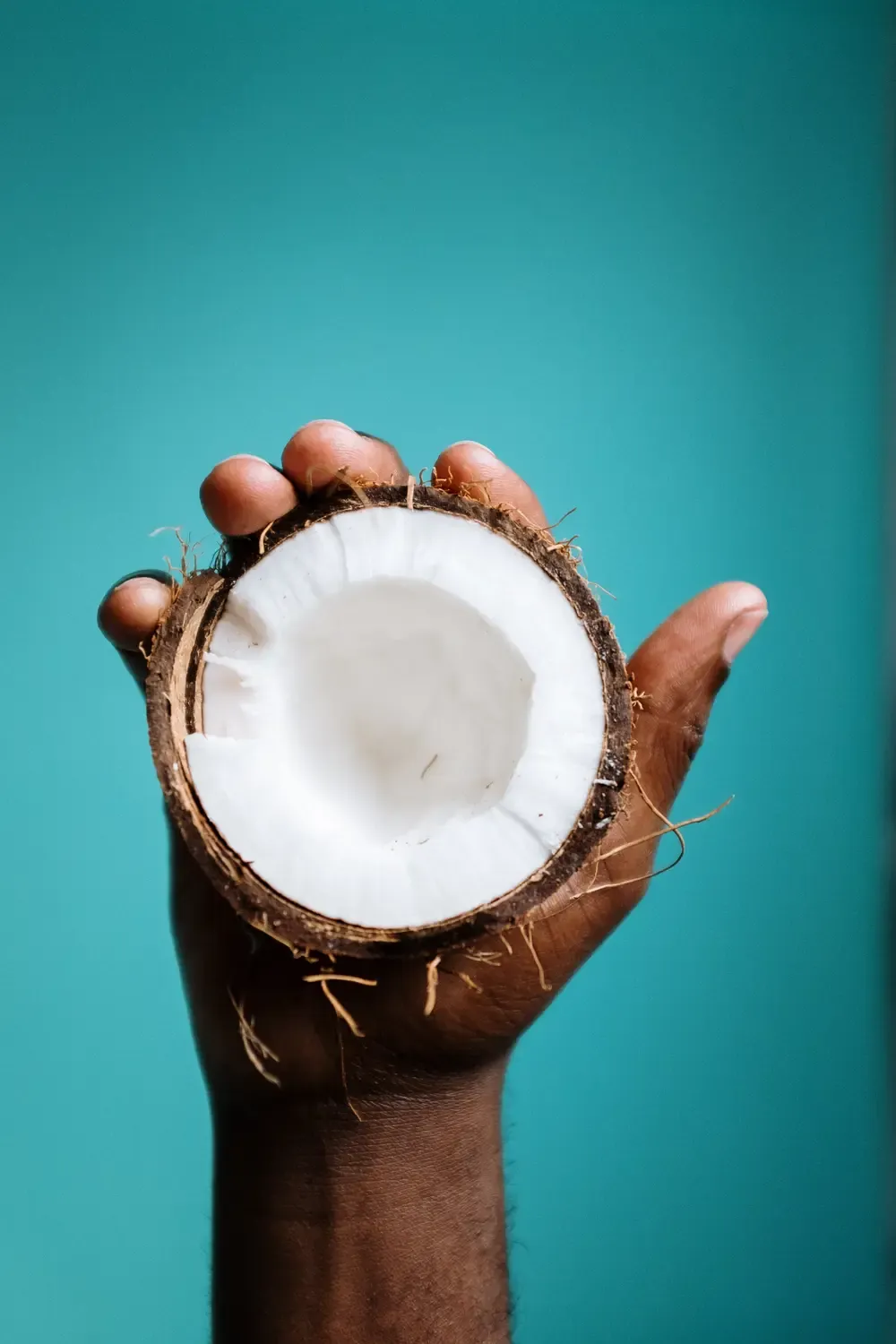
Teenagers go through a lot of physical and emotional changes (if you're a parent, then this is very familiar to you, Lol) as such, their nutritional needs change as well. One of the most important nutrients that teenagers, especially girls, need is iron. Although vitamins containing iron are easy to come by, in a variety of very good brands, supplements come in many forms and there are actually better and healthier ways to get daily iron (spoiler alert: healthy iron rich food) In this article, we will explore:
- Why young teens need iron
- What iron is and how our bodies use it
- The benefits of iron supplements
- Symptoms of an Iron deficiency
- How much iron young teens need daily
- The different types of iron
- What you should look for in an iron vitamin
- Foods that are rich in iron
- The dangers of an iron overdose
We will also answer some frequently asked questions about iron supplements. So let's get started!
GOOD TO KNOW
INFORMATION TO IMPROVE YOUR LIFE!
Why Teens Need Iron
Did you know that iron is a super important mineral that plays a crucial role in transporting oxygen from our lungs to the rest of our body? It's also responsible for helping to form red blood cells, which are the ones that carry oxygen to all our body tissues.
As teenagers go through growth spurts, their bodies need even more iron to support the increased blood volume and growth of new tissues. Especially for teen girls, who experience menstrual blood loss, the risk of iron deficiency is high.
If the body doesn't have enough iron, it can lead to a condition called anemia, where there are not enough red blood cells to transport oxygen to the tissues. This can cause fatigue, weakness, and difficulty concentrating - things that no one wants to deal with!
Anemia can also affect physical performance and mental health, so it's important to make sure we're getting enough iron in our diets or through supplements if needed.

What is Iron and How Does Our Bodies Use It
Iron is one of those minerals that our bodies need so they can function properly. As infants, we are born with iron stores, but the hard truth is that it can easily deplete over time. What's worse, some premature babies don't even have time to develop sufficient iron levels, so often doctors will recommend iron fortified formula.
In very techy terms, iron is a component of hemoglobin, a protein found in red blood cells that carries oxygen from the lungs to the body's tissues, as mentioned earlier. Iron is also important for energy production and immune function. Our bodies can store iron, but when our stores are depleted, that's when our bodies depend on us to get more iron from our diet.
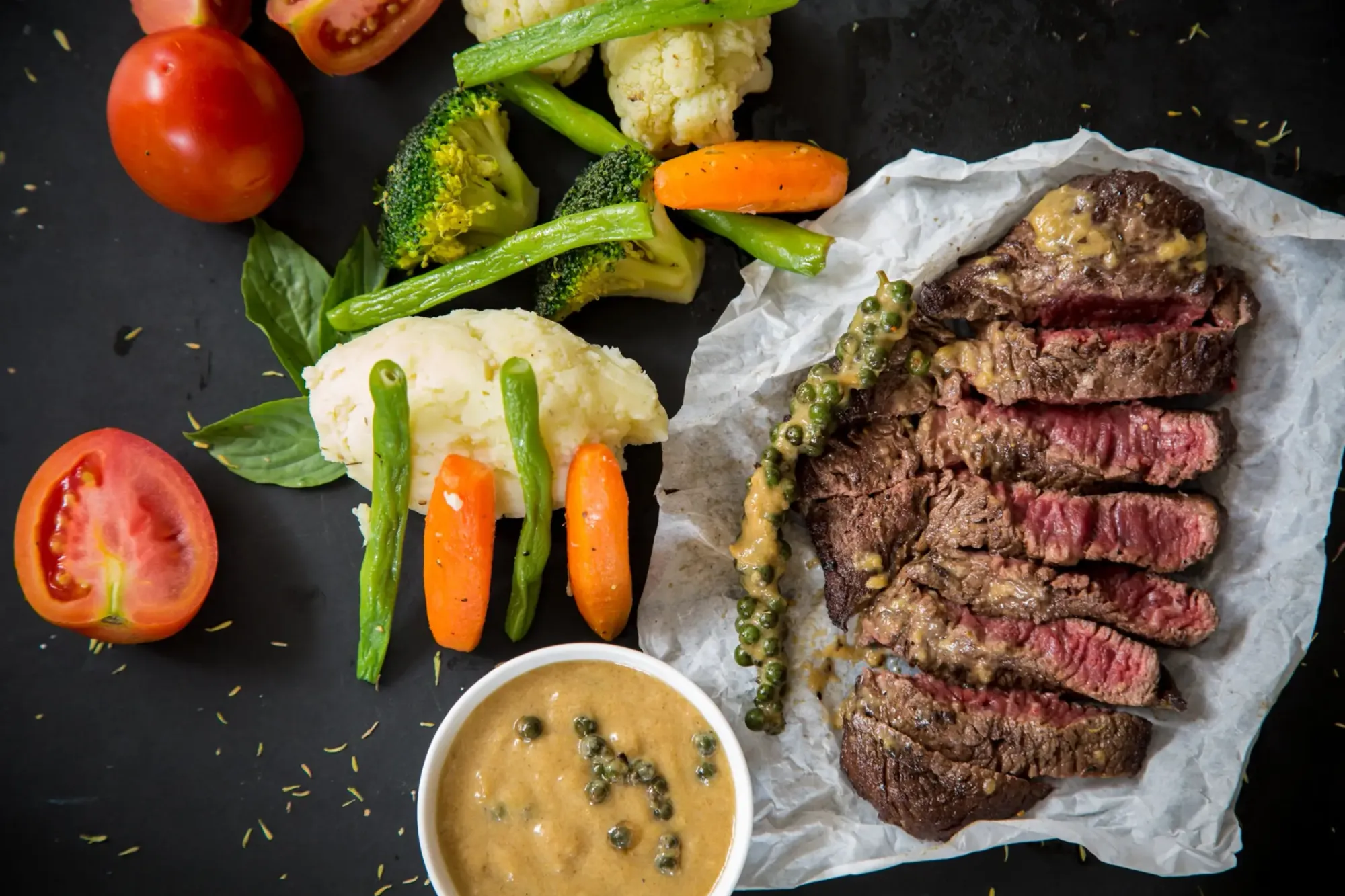
What are the Benefits of Iron Supplements?
Iron supplementation like vitamins can help young teens, especially girls, meet their daily iron needs. Taking iron supplements can help prevent anemia and the symptoms associated with it, such as fatigue and weakness. Iron supplements can also improve physical performance and cognitive function.
Iron is an essential mineral that plays a vital role in our body's functioning. For the 3rd time, it helps to transport oxygen throughout the body (hope you paid attention because we won't be mentioning that again, Lol), contributes to energy production, and supports the immune system. However, when our body doesn't get enough iron, it can lead to iron deficiency.
Sometimes a vitamin supplement is needed, however if you know what to look for, often teens can get the iron they need through their daily diet, as long as they are eating healthy.
What symptoms and challenges can an iron deficiency cause?
Iron deficiency can cause a range of symptoms, including fatigue, weakness, shortness of breath, dizziness, headaches, and pale skin. In more severe cases, it can lead to anemia, a condition in which there is a deficiency of red blood cells, which can cause further complications.
Iron deficiency is particularly common in women, especially young girls who have just reached the age of puberty and began menstrual cycles as mentioned earlier. Other deficiency risks occur during pregnancy, and in individuals who follow a vegetarian or vegan diet, due to the lack of protein (meat) in their daily diet.
One of the challenges of iron deficiency is that its symptoms can often be vague and non-specific, making it difficult to diagnose. Furthermore, iron supplements can cause gastrointestinal side effects such as constipation, nausea, and stomach pain, which can make it challenging for some people to take them regularly.
In addition, some people may have underlying health conditions that make it difficult for their bodies to absorb iron, which can also contribute to iron deficiency.
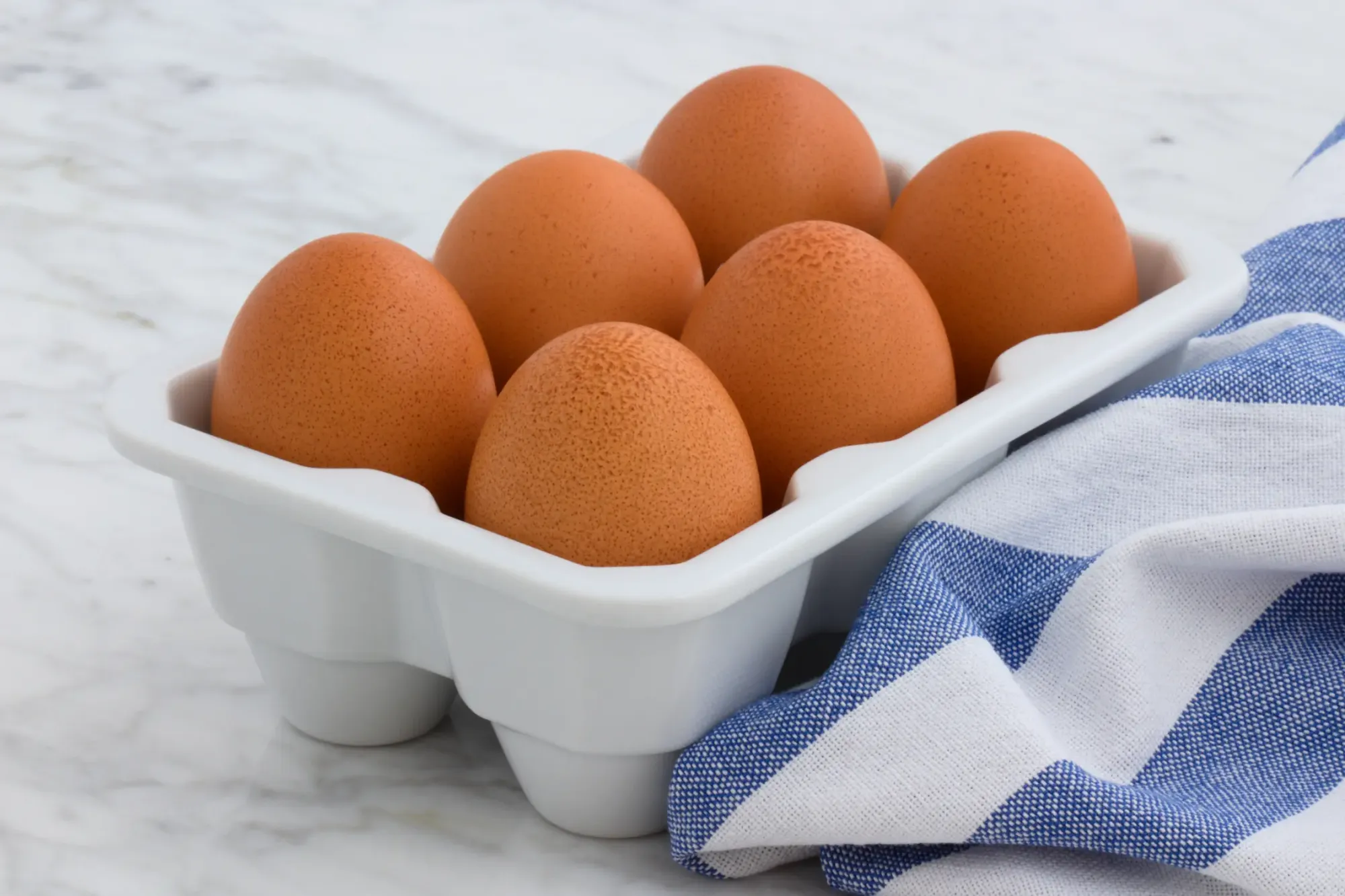
How Much Iron Should a Young Teen Get Daily
The recommended daily allowance (RDA) of iron for young teens varies depending on age and gender. Teenage girls between the ages of 13 and 18 actually need more, around 15 milligrams of iron per day, while teenage boys in the same age range need 11 milligrams per day. Pregnant teens need even more iron, with a recommended daily allowance of 27 milligrams.
But remember that excessive iron intake can be harmful. Iron supplements should only be taken under the guidance of a healthcare professional.
What are the Different Types of Iron
Ok, here's the deal, there are two types of dietary iron? Heme and non-heme!
Heme iron is found in animal-based foods like red meat, poultry, and fish, while non-heme iron is found in plant-based foods like spinach, beans, and fortified cereals.
The thing is, heme iron is actually more easily absorbed in our bodies than non-heme iron. But, that doesn't mean plant-based eaters are out of luck! There are plenty of iron-rich plant-based foods that can provide enough iron for most people. A balanced diet that includes a variety of foods is key! I bet you learned something new today.
What should you look for in an iron vitamin for teenagers?
Let's chat about iron dietary supplements for young teens. When it comes to iron supplements, there are a few different types to choose from. Ferrous sulfate, it's one of the most common forms you'll read about, and it's generally considered to be well-absorbed and effective. Ferrous gluconate and ferrous fumarate are two other forms that are often used in a liquid iron supplement as well.
But like we said before, while these supplements can be effective, it's important to talk to a doctor or a registered dietitian before starting your teen on an iron supplement. They can help determine the right dosage and form of iron supplement based on your teen's individual needs and health history.
It's also important to note that while iron supplements can be helpful, they can also, unfortunately, have side effects like stomach upset and constipation (no one likes that). So if your teen does start taking an iron supplement, make sure they're drinking plenty of water and eating a balanced diet to help minimize any potential side effects.
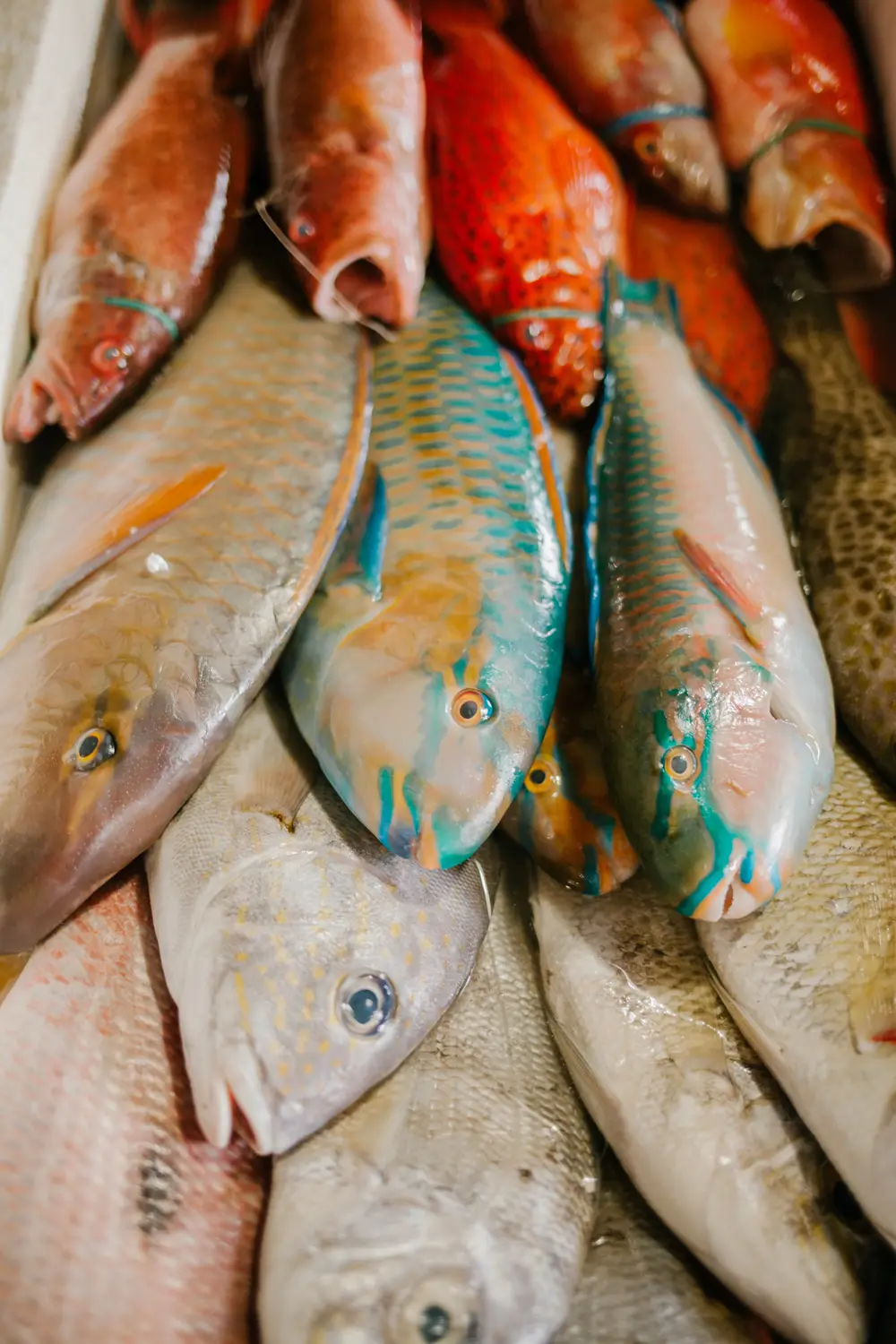
What Foods are Rich in Iron
When it comes to iron-rich foods, there are plenty of delicious options to choose from. Let's start with meats - beef, pork, and chicken are all good sources of iron. A 3-ounce serving of beef contains around 3 mg of iron, while the same amount of pork or chicken contains about 1 mg.
Seafood is also a great source of iron (as well as vitamin d), especially shellfish like clams and oysters. A 3-ounce serving of clams contains a whopping 24 mg of iron - that's more than your daily recommended amount!
But if you're a vegetarian or vegan, don't worry - there are plenty of plant-based sources of iron too. Spinach and other leafy greens are a great place to start. A cup of cooked spinach contains around 6 mg of iron, and it's also packed with other nutrients like vitamin A and folate.
Lentils and beans are another good option - a cup of cooked lentils contains around 6 mg of iron, while a cup of cooked kidney beans contains around 3.5 mg.
One thing to keep in mind is that the body absorbs iron more easily from animal sources than plant sources. So if you're getting your iron from plant-based foods, it's a good idea to pair them with a source of vitamin C, like citrus fruits or bell peppers.
This can help your body absorb the iron more effectively. And if you're concerned about your iron levels, don't play with fire so to speak, it's always a good idea to talk to your doctor or a registered dietitian.
Let's break it down:
- Heme iron sources include beef, chicken, turkey, and fish, such as salmon and tuna.
- Non-heme iron sources include spinach, lentils, fortified cereals, tofu, and pumpkin seeds.
To address iron deficiency, it's essential to maintain a healthy and balanced diet that includes iron-rich foods such as red meat, poultry, seafood, beans, and leafy green vegetables.
Iron supplements can also be helpful in addressing iron deficiency, but it's essential to work with a healthcare professional to ensure that you're taking the correct dosage and to monitor any potential side effects.
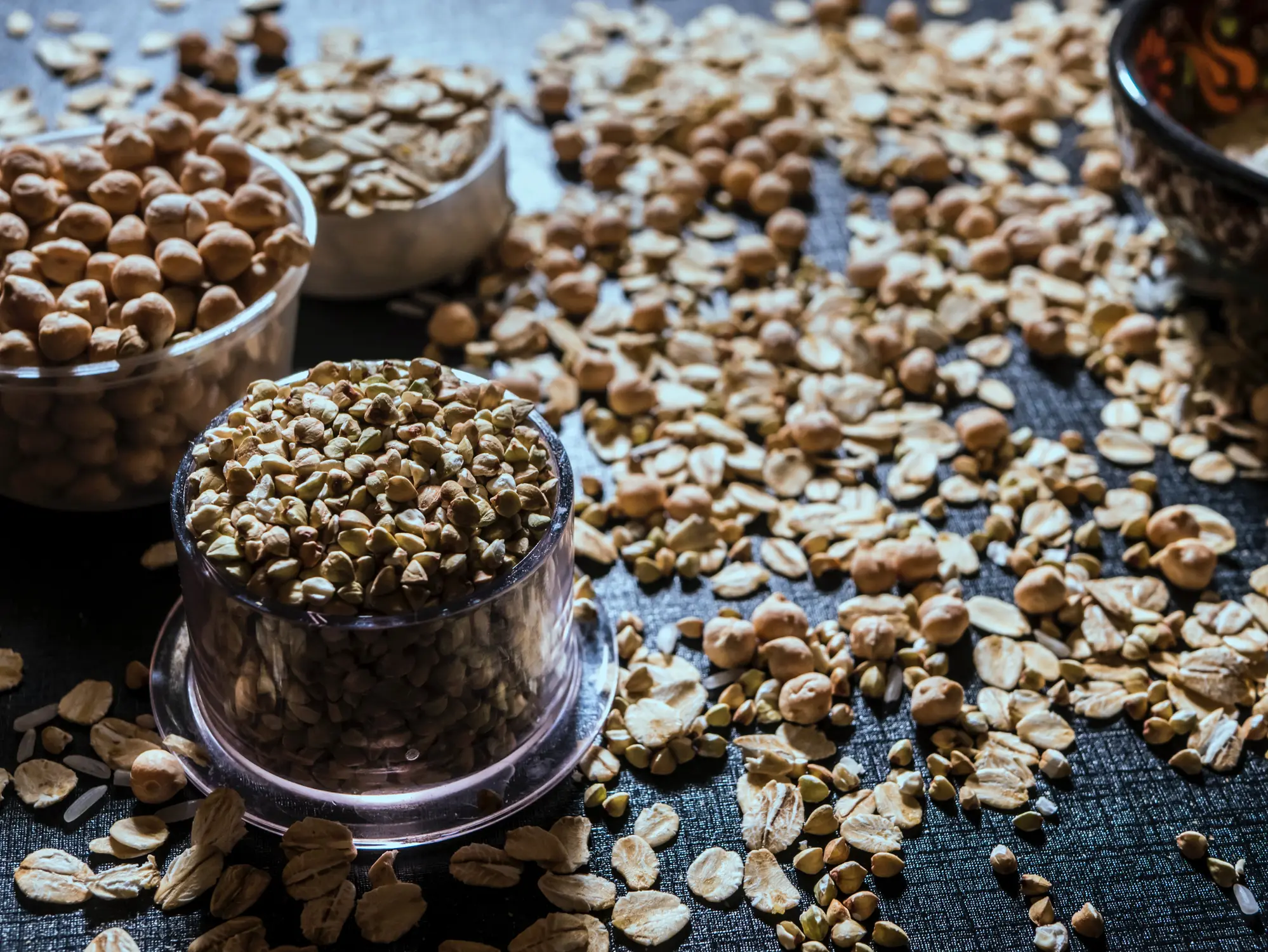
What are the dangers of iron overdose?
While it's important to get enough iron to keep your body functioning properly, getting too much iron can be dangerous. In some cases, it can even be life-threatening (and that sounds bad for your health! Ok, poor timing for a joke).
One of the main risks of too much iron is iron overload, also known as hemochromatosis. This is a genetic disorder that causes the body to absorb too much iron from food, supplements, and other sources. Over time, the excess iron can build up in organs like the liver and heart, causing damage and potentially leading to serious health problems.
But even if you don't have hemochromatosis, getting too much iron can still be harmful. For example, high levels of iron in the blood have been linked to an increased risk of heart disease. Too much iron can also damage the pancreas, leading to diabetes, and may increase the risk of certain types of cancer.
So how much iron is too much? Well, that depends on a number of factors, including your age, gender, and overall health. In general, as mentioned before, it's recommended that young teen boys get 11 milligrams per day and teen girls around 15 milligrams a day.
If you're getting your iron from supplements or fortified foods, it's important to be careful not to exceed the recommended daily intake. And if you're concerned about your iron levels or have a family history of hemochromatosis, talk to your doctor.
FREQUENTLY ASKED QUESTIONS
THE BEST ANSWERS FOR THE RIGHT QUESTIONS
FAQ's For Iron Supplements
Q. Can I get too much iron from my diet?
A. Yes, excessive iron intake can be harmful. Iron supplements should only be taken under the guidance of a healthcare professional.
Q. Can iron supplements cause constipation?
A. Yes, this is because iron can be difficult for the body to absorb, and when it's not absorbed properly, it can build up in the digestive tract and cause discomfort, including constipation. If you're taking an iron supplement and experiencing constipation, it's important to talk to your doctor or a registered dietitian.
Drinking plenty of water and eating fiber-rich foods can also be helpful in preventing or relieving constipation caused by iron supplements.
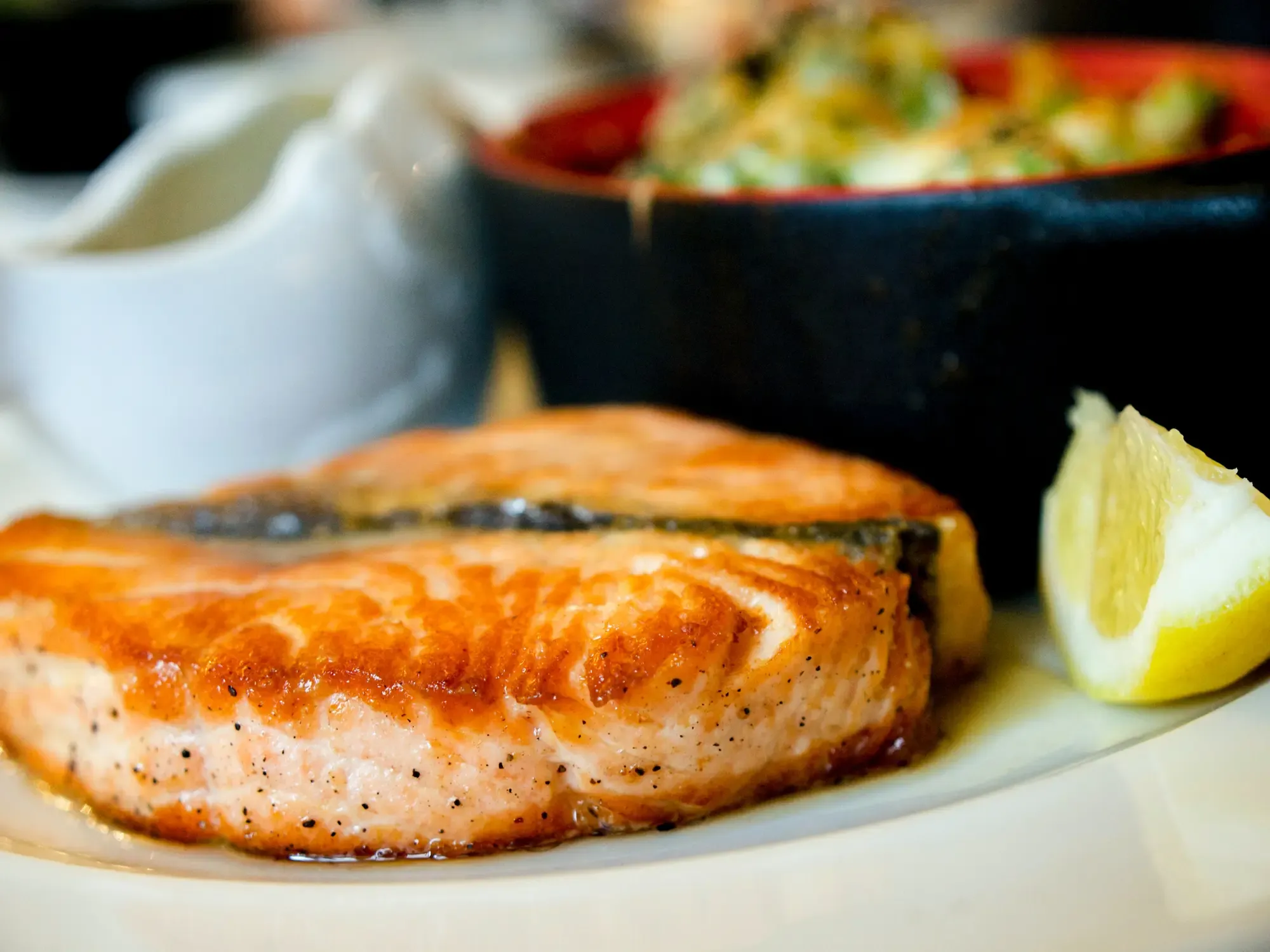
Q. What is the best source of iron for a daily diet?
A. When it comes to getting enough iron in your daily diet, there are a variety of foods that can help. Some of the best sources of iron include red meat (like beef and lamb), poultry (like chicken and turkey), fish, legumes (like lentils and chickpeas), tofu, and fortified cereals.
Dark leafy greens like spinach and kale are also good sources of iron. Additionally, pairing iron-rich foods with vitamin C-rich foods (like citrus fruits or bell peppers) can help enhance iron absorption in the body.
Q. Which fruits are highest in iron?
A. When it comes to fruit, there aren't many that are particularly high in iron. Three that are notable for their iron levels are: Prune juice, olives and mulberries.
However, there are some fruits that can help enhance iron absorption in the body when paired with iron-rich foods. One of the best fruits for this purpose is citrus, like oranges or grapefruits.
So, pairing citrus fruits with iron-rich foods like spinach, tofu, or red meat can be a great way to boost your iron intake.
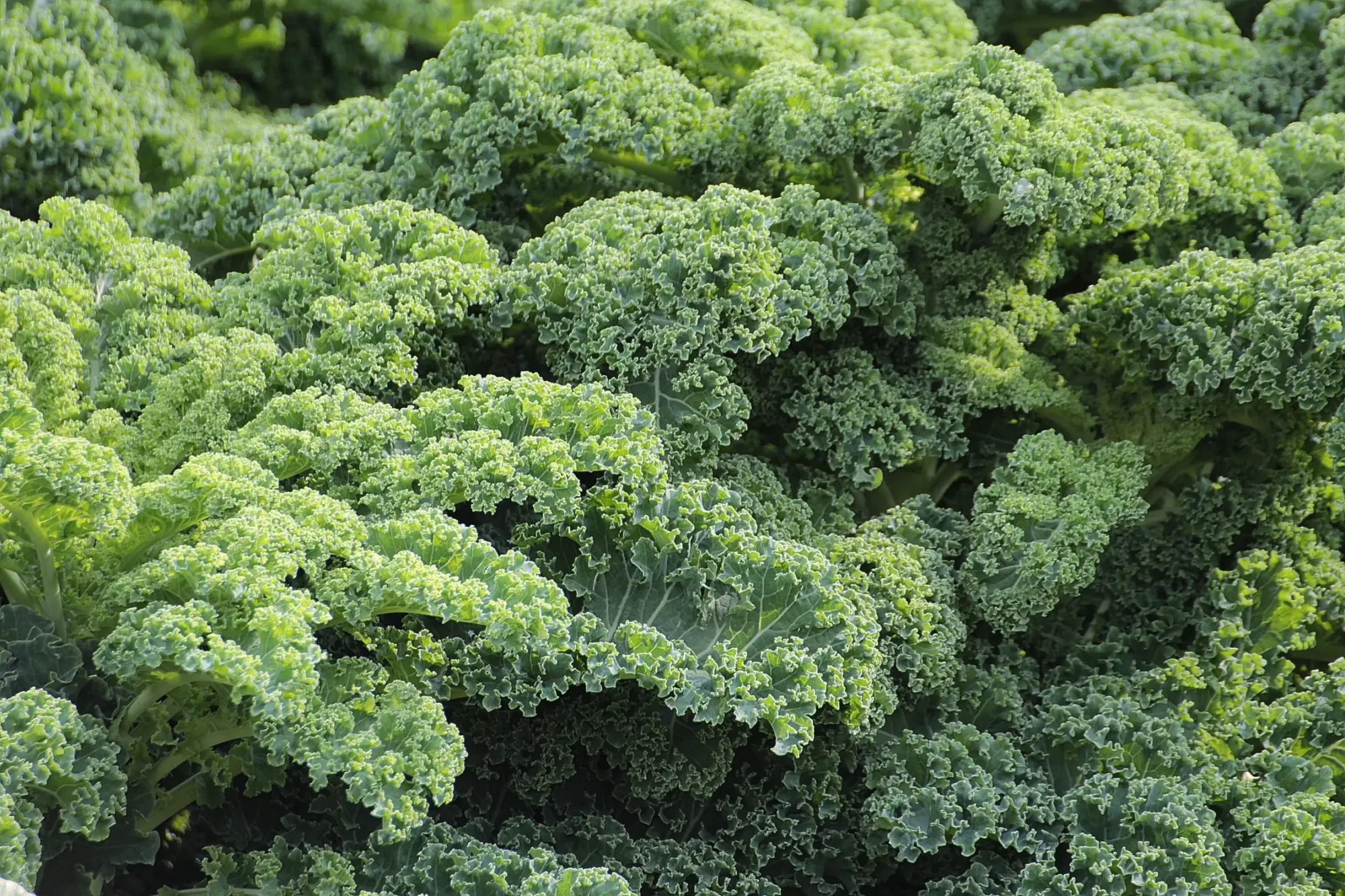
Q. What blocks iron absorption?
A. There are a few different things that can block iron absorption in the body. One of the most common is phytates, which are found in certain grains, legumes, and seeds. These compounds can bind to iron and prevent it from being absorbed in the body.
Calcium is another nutrient that can inhibit iron absorption when taken in large amounts, so it's important to be mindful of calcium supplements or dairy intake if you're trying to boost your iron levels.
Finally, certain substances like tea and coffee can also inhibit iron absorption, so it's a good idea to avoid consuming these around meal times if you're trying to maximize your iron intake.
Q. What drinks are high in iron?
Some fruit juices like apple juice, apricot nectar, and orange juice can be good sources of iron. If you're into veggie juices, beet juice, tomato juice, and spinach juice are also good options. "Green" smoothies made with leafy greens like spinach and kale can pack a punch of iron as well.
If you're looking for a plant-based protein option, pea protein smoothies can also be a good source of iron. Lastly, prune juice is another option that is rich in iron.
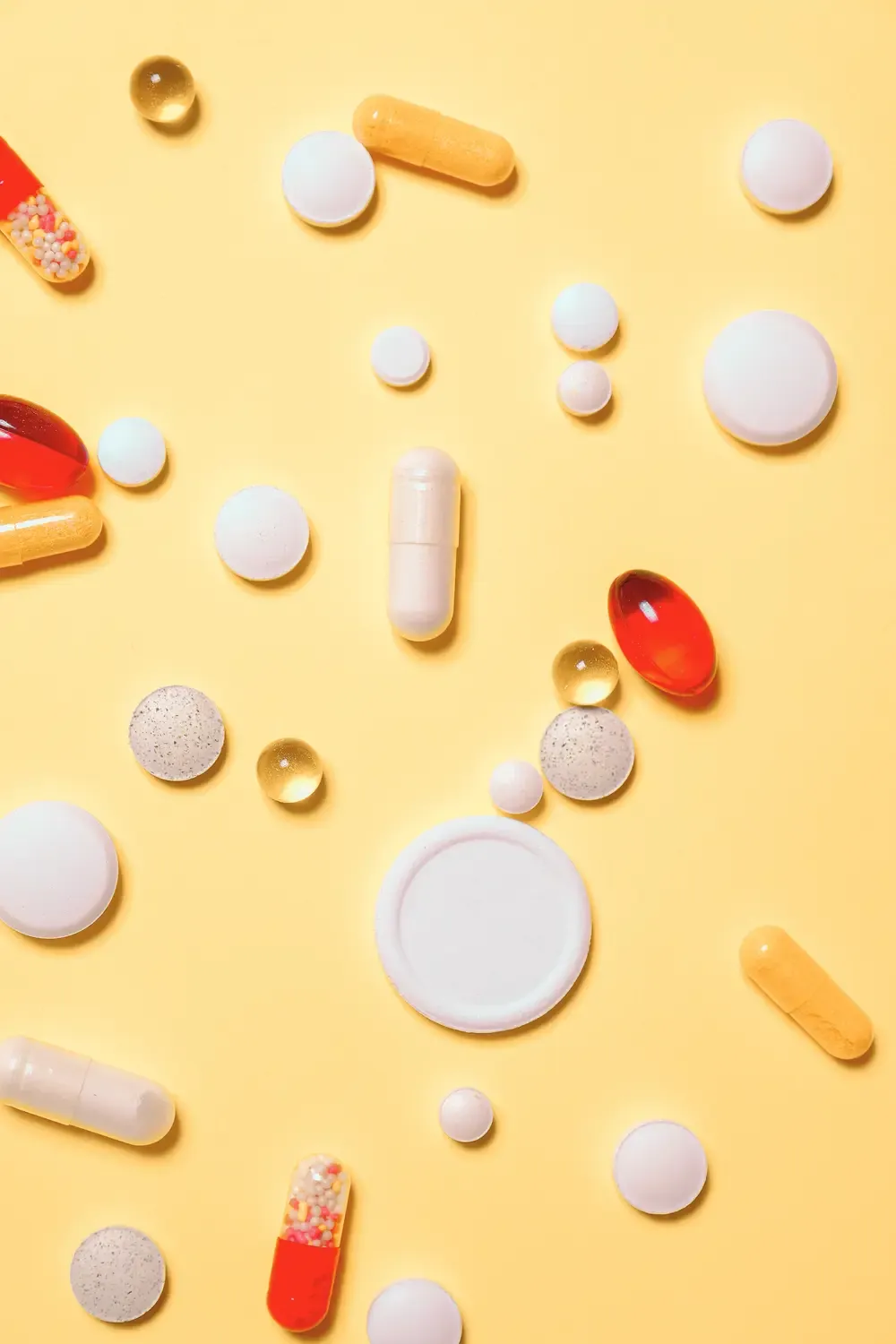
Key Takeaways
Iron is important for making hemoglobin, a protein found in red blood cells that carries oxygen throughout the body. During adolescence, teens' bodies are growing rapidly, so they need more iron to support this growth and development. Iron also plays a role in brain function and immune system health.
There are two types of dietary iron: heme iron, which is found in animal products like meat, poultry, and fish, and non-heme iron, which is found in plant-based foods like beans, lentils, fortified cereals, and leafy greens.
Lastly, beware of iron toxicity. It's rare, but it can be dangerous. It's a good idea to talk to a healthcare provider if you have any concerns about your iron intake.

